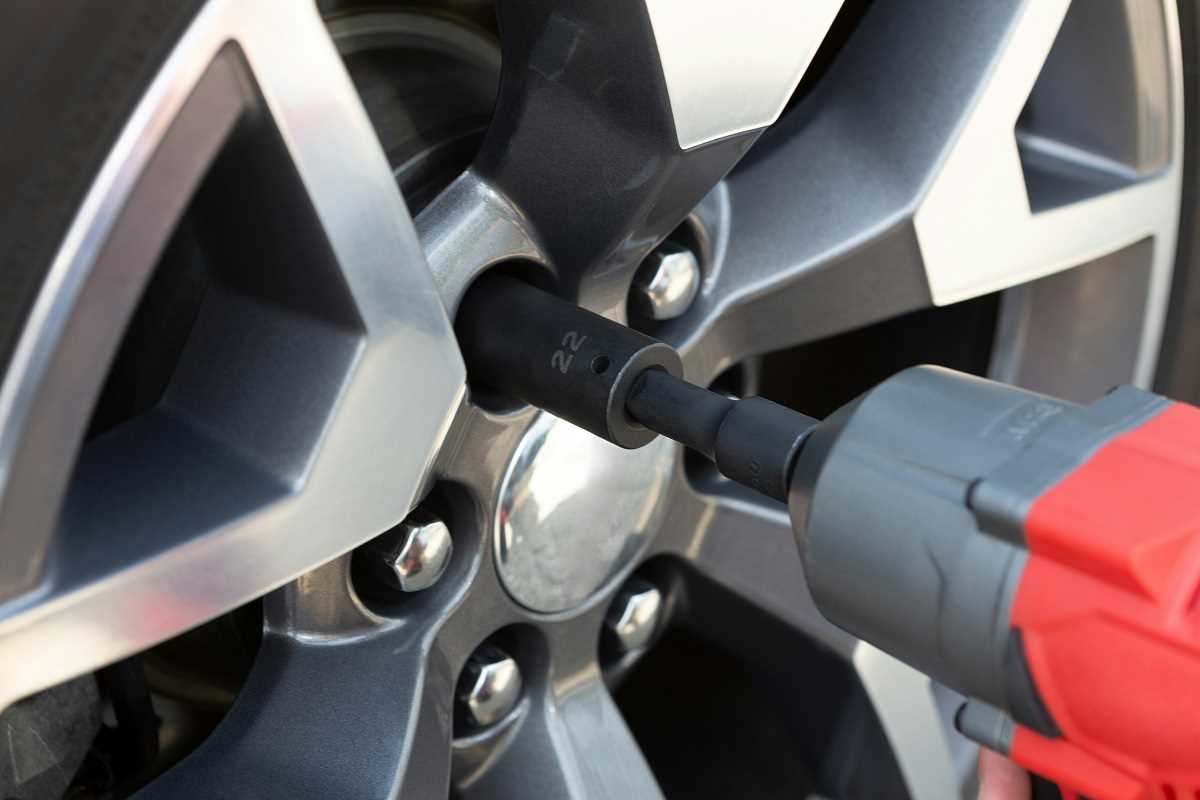Watching your teenager slide behind the wheel for the first time is a moment filled with conflicting emotions. Pride in their growing independence mixes with the natural worry that comes with knowing they'll be navigating roads filled with distracted drivers, unpredictable conditions, and their own inexperience. As parents, we want to give our kids the freedom to spread their wings while doing everything possible to keep them safe. The vehicle they drive plays a crucial role in this balancing act.
After consulting with safety experts, analyzing crash test data, and surveying hundreds of parents who have recently purchased vehicles for their teenage drivers, I've compiled this list of the top five safest new cars that parents are choosing for their teens. These vehicles balance excellent safety ratings with reasonable prices, reliability, and features specifically designed to protect young drivers while they gain critical experience on the road.
Mazda3
The Mazda3 consistently earns top marks from parents for its combination of exceptional safety ratings and appealing design that teens actually want to drive. Available in both sedan and hatchback configurations, this compact car received the Insurance Institute for Highway Safety's (IIHS) Top Safety Pick+ designation, their highest safety award. What makes the Mazda3 particularly impressive is its standard i-Activsense safety suite, which includes automatic emergency braking with pedestrian detection, lane departure warning with lane-keep assist, adaptive cruise control, and driver attention monitoring, features typically reserved for much more expensive vehicles.
What particularly stands out to parents is the Mazda3's driver attention monitoring system, which can detect signs of driver fatigue or distraction, common issues for inexperienced drivers who might not recognize their own limitations. The system warns when it detects patterns suggesting the driver should take a break, potentially preventing accidents before they happen. Additionally, the available Traffic Sign Recognition system helps teens stay aware of speed limits and other important road information, addressing another common area where new drivers often make mistakes.
The Mazda3's intuitive infotainment system deserves specific mention for its thoughtful design that minimizes distraction. Unlike touchscreen-focused systems that require drivers to take their eyes off the road, Mazda's commander control knob allows drivers to navigate menus by feel, keeping their attention where it belongs. Standard Android Auto and Apple CarPlay further reduce distraction by providing familiar interfaces and voice commands for messaging and navigation, helping teens resist the temptation to handle their phones while driving.
With a starting price around $23,000, the Mazda3 represents excellent value considering its comprehensive safety features and overall quality. Parents report that the vehicle's reputation for reliability means fewer unexpected repair costs, while its competitive fuel economy keeps operating expenses reasonable for budget-conscious families. The availability of both sedan and hatchback body styles offers flexibility for different needs, with the hatchback providing additional cargo space for sports equipment, college moves, or other teen-specific hauling needs.
Toyota Corolla Cross
The Toyota Corolla Cross has quickly become a parent favorite since its introduction, offering the elevated driving position and spaciousness of an SUV with the efficiency and easy handling of a smaller vehicle. This compact crossover builds on Toyota's legendary reliability while adding a comprehensive suite of active safety features through the standard Toyota Safety Sense 2.0 package. This includes pre-collision braking with pedestrian detection, lane departure alert with steering assist, automatic high beams, and dynamic radar cruise control, creating multiple layers of protection for inexperienced drivers.
Parents consistently highlight the excellent visibility from the Corolla Cross's driver's seat as a significant safety advantage for teen drivers. The upright seating position, large windows, and relatively slim roof pillars create fewer blind spots than many competitors, helping new drivers maintain better awareness of their surroundings. This fundamental design characteristic addresses one of the most common challenges for inexperienced drivers, knowing what's happening around their vehicle, without relying solely on technology.
With a starting price around $24,500, the Corolla Cross represents a significant but worthwhile investment in teen driver safety. Parents appreciate that the vehicle's mainstream styling avoids both the "uncool economy car" stigma that teens might resist and the flashy sports car look that might encourage risky driving. The 'just right' balance of practical utility, modern design, and comprehensive safety technology makes this crossover a compromise that both safety-conscious parents and image-aware teens can agree on.
Subaru Crosstrek
The Subaru Crosstrek has developed a devoted following among parents seeking maximum safety for their teen drivers, especially those in areas with challenging weather or road conditions. This compact crossover combines Subaru's standard symmetrical all-wheel drive with an impressive 8.7 inches of ground clearance, providing confidence-inspiring stability in snow, rain, or on unpaved roads. The Crosstrek's EyeSight Driver Assist Technology, standard on models with automatic transmission, includes adaptive cruise control, pre-collision braking, lane departure and sway warning, and lane-keep assist, creating a comprehensive safety net for inexperienced drivers.
Beyond active safety features, the Crosstrek excels in passive protection should a crash occur. Its ring-shaped reinforcement frame and extensive use of high-strength steel create an exceptionally rigid passenger compartment that maintains integrity even in severe impacts. This fundamental structural design has earned the Crosstrek top marks in crash tests conducted by both the IIHS and the National Highway Traffic Safety Administration (NHTSA), with particularly impressive performance in the challenging small overlap front crash test that simulates a partial head-on collision.
- Reverse Automatic Braking that can detect obstacles and stop the vehicle when backing up
- Blind-Spot Detection with Lane Change Assist to help prevent one of the most common accident types for new drivers
- Rear Cross-Traffic Alert that warns of approaching vehicles when backing out of parking spaces
- Steering Responsive Headlights that turn with the steering wheel to illuminate around corners
- Available hybrid powertrain option that provides excellent fuel economy while maintaining all safety features
Honda Civic
The Honda Civic has long been a parent favorite for teen drivers, and the latest generation builds on this trusted reputation with significantly enhanced safety technology. Standard on all Civic models is the Honda Sensing suite of driver-assistance features, which includes Collision Mitigation Braking System, Road Departure Mitigation, Adaptive Cruise Control, and Lane Keeping Assist. The new generation's improved camera and radar sensors provide wider detection ranges and faster response times, addressing situations where split-second interventions can prevent accidents.
Parents consistently praise the Civic's balanced handling characteristics, which provide both engaging feedback for developing driving skills and excellent stability in emergency maneuvers. The vehicle's well-tuned suspension finds an ideal middle ground, neither so soft that it masks dangerous situations nor so firm that it becomes unpredictable at the limits of grip. This balanced approach helps teens develop good driving habits and vehicle control skills while still providing a safety net when they inevitably make mistakes.
Hyundai Kona
The Hyundai Kona has emerged as a compelling option for parents seeking maximum safety features at a more accessible price point. This subcompact SUV defies its entry-level positioning by offering Hyundai's SmartSense safety suite as standard equipment across all trim levels.
This comprehensive package includes Forward Collision-Avoidance Assist with Pedestrian Detection, Lane Keeping Assist, Driver Attention Warning, and High Beam Assist, technologies that directly address common risk factors for teen drivers without requiring expensive upper trim levels or option packages.
Balancing Technology with Driver Development
While these safety-focused vehicles provide impressive technological protection for teen drivers, parents emphasize the importance of balancing these aids with proper driver development. The advanced features in modern vehicles should serve as a supplementary layer of protection rather than a replacement for fundamental driving skills. Parents report the most success when they view these safety technologies as tools that provide teens with more time to develop good judgment and react appropriately, rather than crutches that compensate for poor driving habits.
Graduated driving privileges remain essential even with the safest vehicles. Many parents establish their own rules that extend beyond state requirements, such as limiting nighttime driving, restricting the number of passengers, or prohibiting driving in severe weather conditions during the first year behind the wheel. These parent-imposed limitations work in concert with vehicle safety features to create multiple layers of protection during the highest-risk period of a teen's driving development. The safest approach combines the right vehicle with appropriate restrictions that expand as experience and maturity grow.
The vehicles on this list provide excellent technological protection, but the human element remains the most important factor in teen driver safety. The most successful approaches combine these safety-focused vehicles with comprehensive training, appropriate restrictions, regular communication about driving decisions, and consistent modeling of safe driving practices.
 (Image via
(Image via
.jpg)




